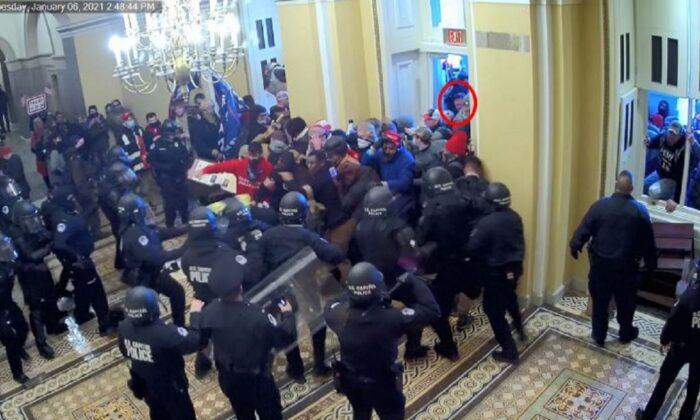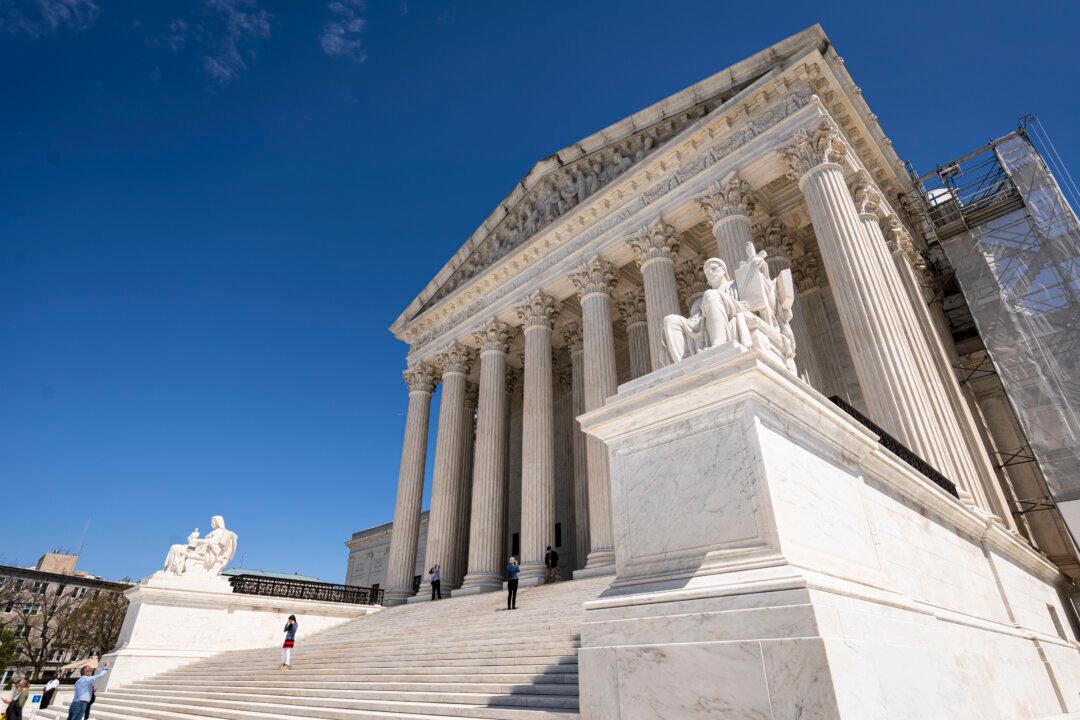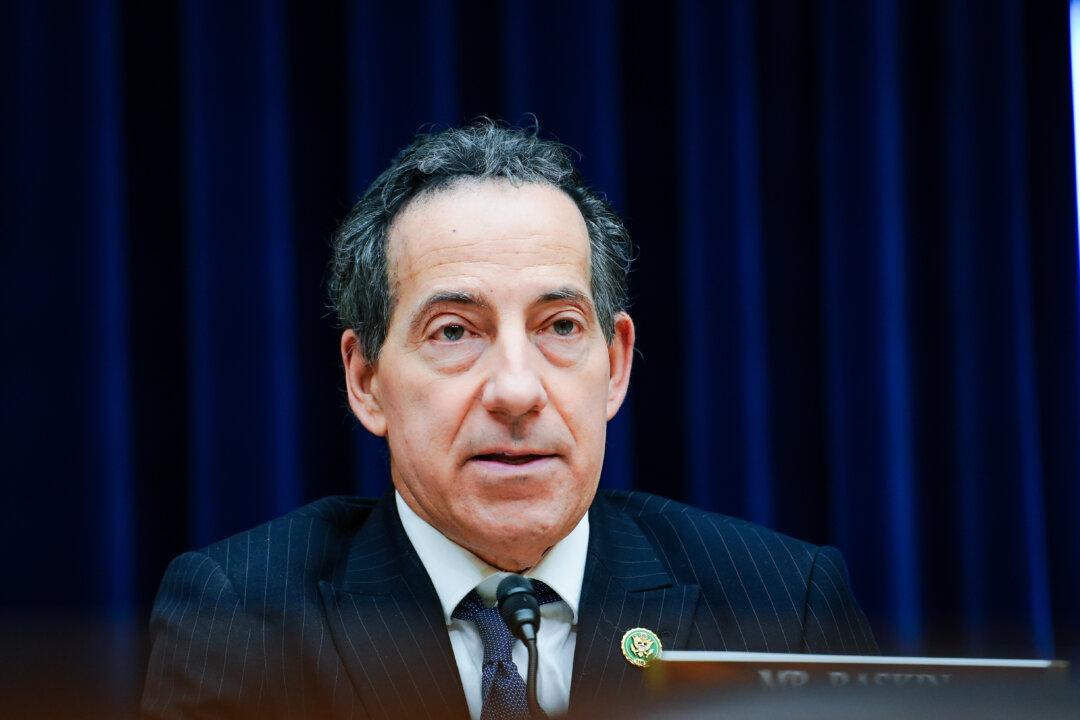Letting a Jan. 6, 2021, defendant photograph and measure parts of the U.S. Capitol not normally open to the public would endanger the security of the building, the U.S. Capitol Police (USCP) told a judge this week.
The rare affidavit was lodged after Daniel Egtvedt, the defendant, through his lawyers asked that the government be forced to let the lawyers and a defense investigator access to multiple non-public areas of the building.
Tours
Kira West and Nicole Cubbage, the lawyers, have taken part in two tours of the Capitol in preparation for defending Egtvedt and others, but there was a dispute over entering a space called the Hall of Columns and inspecting the Senate Wing Doors, located at the end of the upper west terrace and breached during the Capitol breach.The lawyers want to inspect, photograph, and measure the areas as they prepare for the upcoming trial, which has been repeatedly delayed and is currently scheduled to start on Dec. 5.
Egtvedt was captured on surveillance cameras entering the doors at approximately 2:48 p.m. on Jan. 6 and proceeding into the hall.
The USCP’s lawyers rejected the attempts to enter the hall and inspect the doors “because of established protocols with our oversight and the House and Senate,” West and Cubbage said in the motion to compel the government to allow access. “Access to the areas stated in the attached letter to government counsel are necessary and relevant to producing evidence for use at trial in Mr. Egtvedt’s defense,” they wrote.

Video
Prosecutors and Gallagher, the USCP official, argue that providing the lawyers with the tours and video footage that shows Egtvedt’s movements on Jan. 6 is sufficient.She said the defense lawyers had failed to show the images and measurements are material to preparing for the trial.
Gallagher and the prosecutor said granting the motion would endanger Capitol security.
Allowing the defense to measure distances “would provide a wealth of information to an adversary who might wish to calculate blast distances,’ the ability to fly a drone within the building or how large of a group could quickly pass through the hallways, to name but a few security risks,” Gallagher said.
Not Enough
But the video provided is not enough because the recordings are “incomplete and prejudicial to the defendant,” the defendant’s lawyers said.“The perspective of these videos is skewed due to the angle of the camera. This distorts distances between objects in an unreliable way. The inaccuracies may alter the weight that might be given to testimony about these videos and especially about distances between objects and persons viewed on them. Similarly, body worn camera creates difficulties in assessing true distances between objects and officers and cannot be used reliably in this regard,” they wrote.
Egtvedt is accused of illegally entering the Capitol before clashing with law enforcement officers. He has been charged with assault of a federal officer, obstruction of Congress, and disorderly conduct, among other counts.
West declined to comment. She told The Epoch Times in an email she did not know when the court would rule on the matter.






Friends Read Free